In 2009, Fabian Tank’s fierce passion for wooden boats led him to establish Yacht Classics, a business committed to the trade, maintenance and restoration of classic Nordic yachts. Tank’s sense for aesthetics and sporting elegance is clear to see at his Hamburg premises, which is teeming with Scandinavian wooden motor and sailing boats, as well as several exciting restoration projects. The winter break was as good an excuse as any to visit the ‘Lord of the Skerry Cruisers’ at the Yacht Classics boathouse.
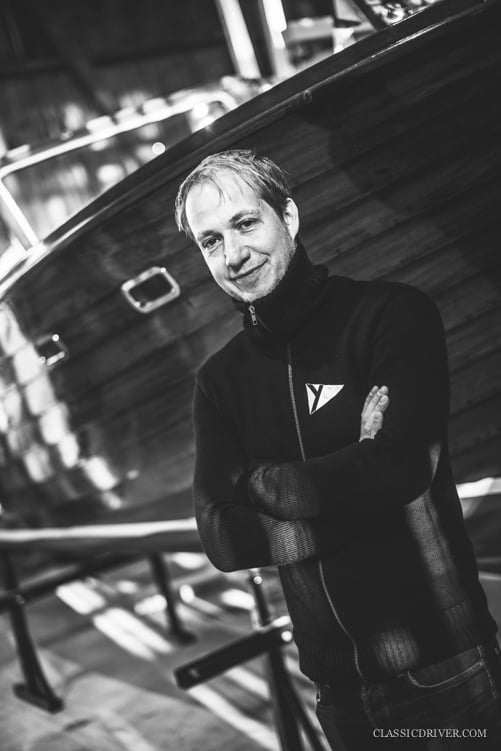
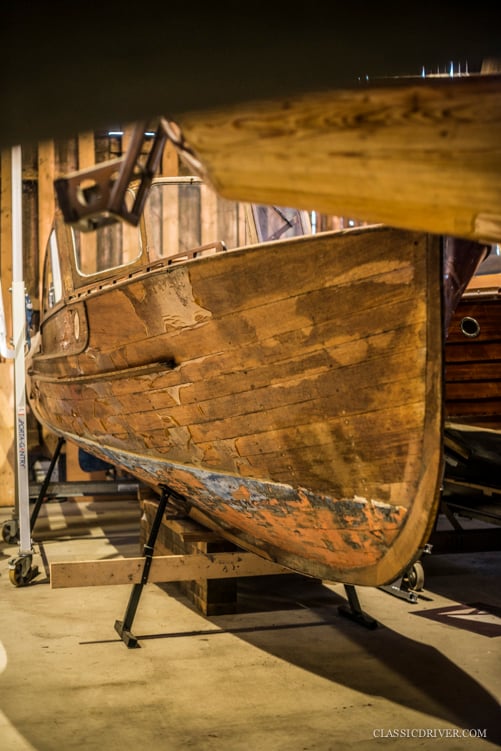
What fascinates you so much about wooden boats?
My love and passion for wooden boats kindled in me around ten years ago, when I bought a 1929 half-motor cruiser built by Carl-Gustav Pettersson, the famous Swedish wooden boat builder. I was fascinated by its long, slim-cut design, spearheaded by that typical Pettersson bow. I always worked in the field of design, but I longed to work with my hands. Restoring the old boat was my first project – the process put me in contact with many boat builders, thus developing my passion and cementing such wooden boats as the cornerstone of my business. The close connection to the sea, the act of sailing and my fascination of wood are what motivate me to continue what I'm doing.
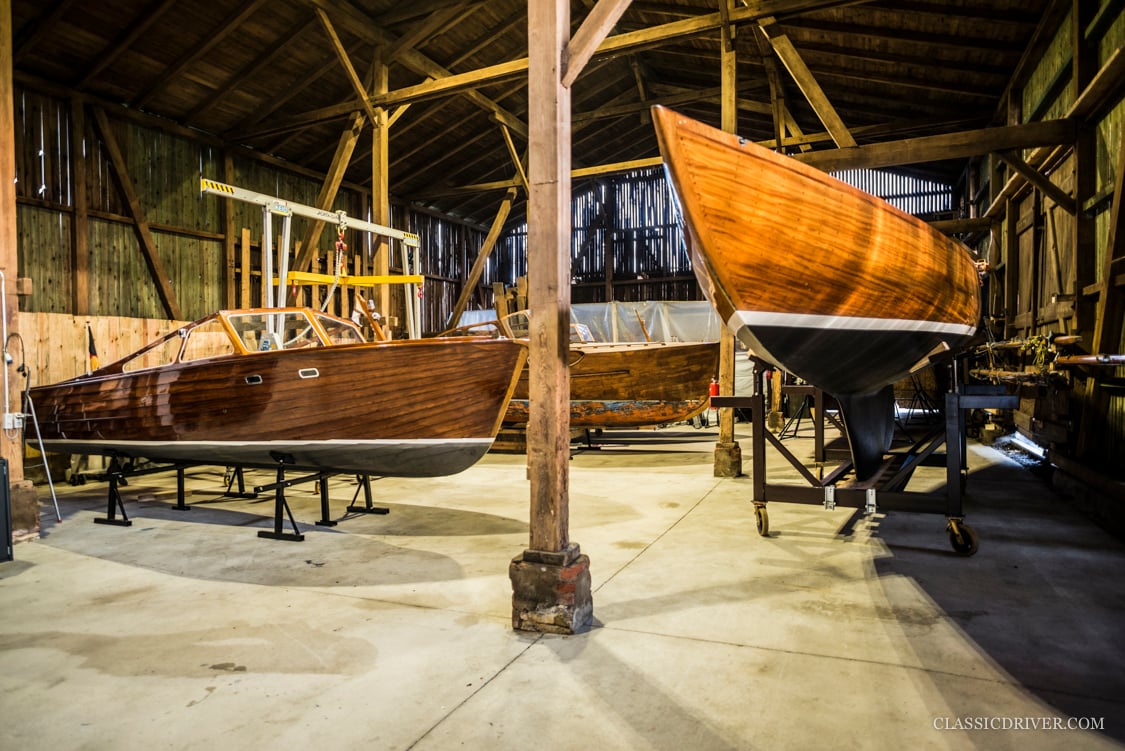
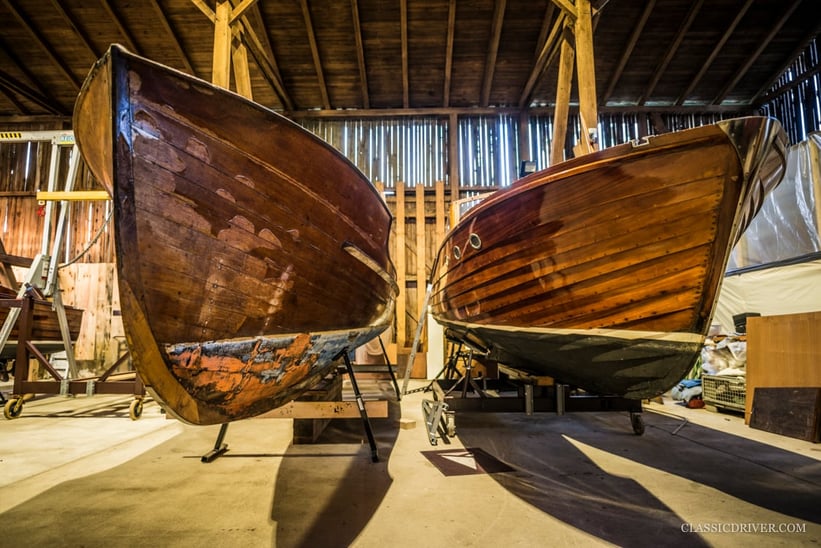
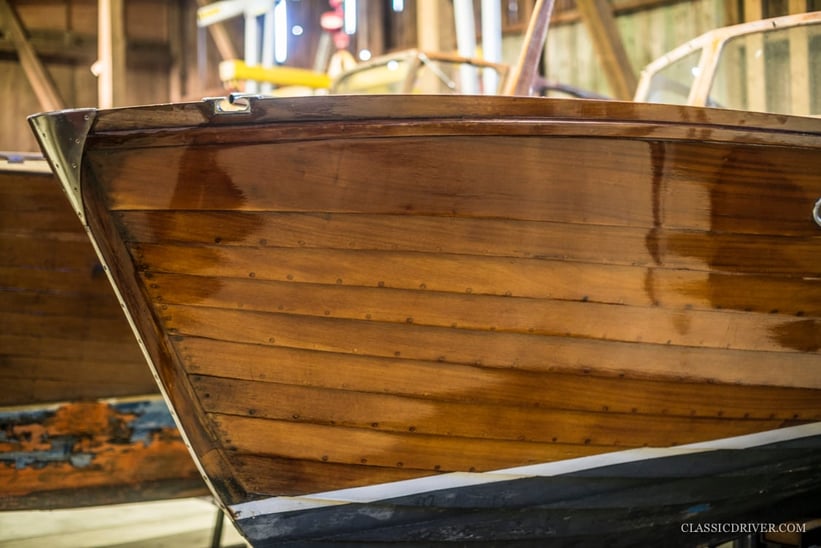
What is so special about Nordic yachts?
Yacht Classics specialises in Scandinavian wooden boats built prior to 1960 and of a size that can be towed on a trailer. The sailing boats we work with are typically sporting skerry cruiser types, and the motorboats could now be categorised as day cruisers, built by the likes of Pettersson, Forslund, Iversen and Runius. Each boat is historically unique, and characterised by its lines and sporty elegance, retained even after so many years. They are cultural artefacts, and ownership should be considered as preservation for future generations. That said, we encourage owners to use them as intended, and maintain them with the correct technical expertise.
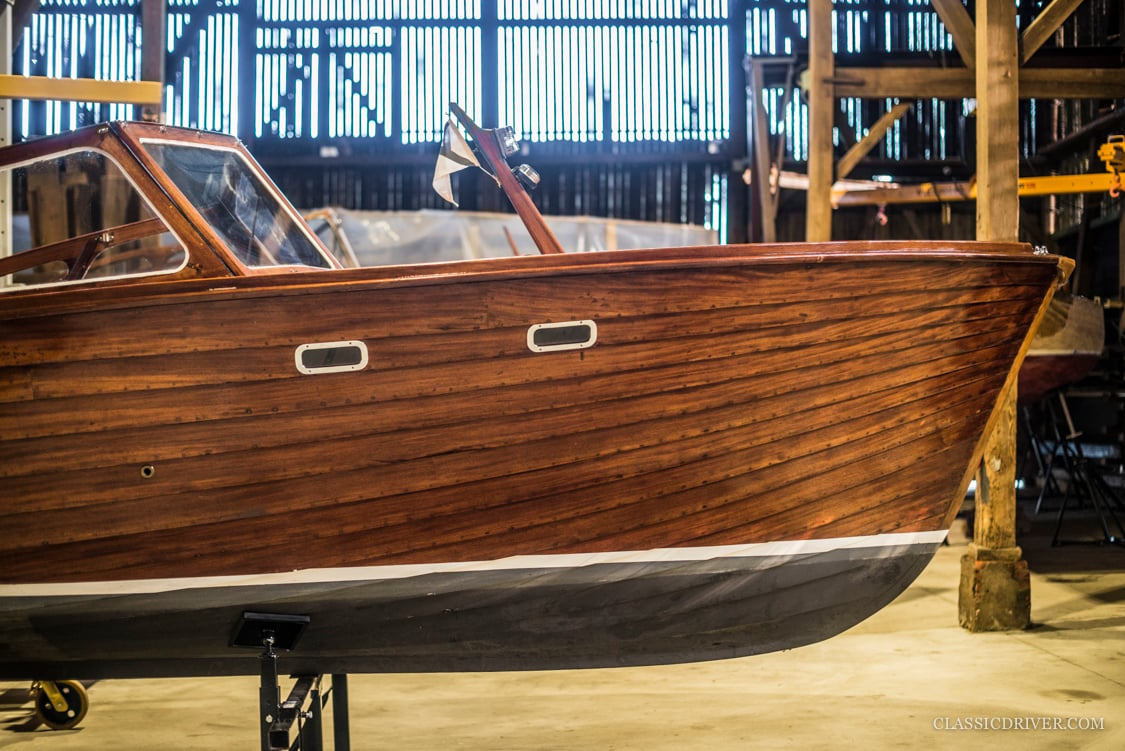
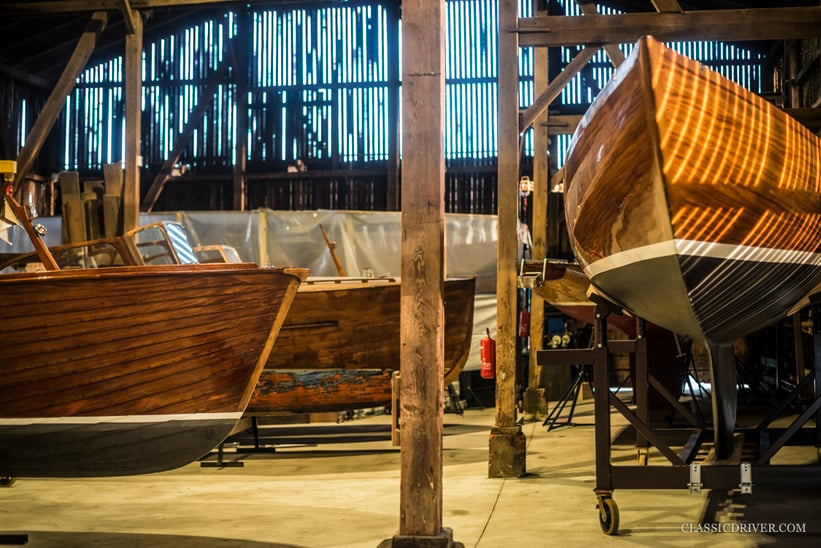
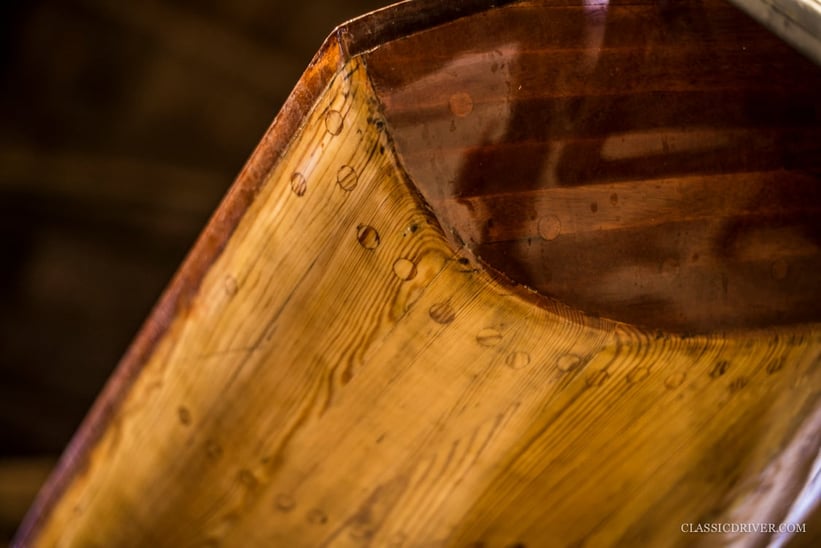
What should someone look out for when planning to buy a historic wooden boat?
Anyone who already owns or has used a wooden boat previously will have gained enough knowledge to know what to look out for. We’d advise novices to gain the necessary basic knowledge through Internet forums, dedicated classic yacht clubs or local specialists, such as Yacht Classics. For those whose interest lies in the use of the craft itself, rather than in its preservation, we’d recommend an already-restored vessel for the sake of convenience and cost.
You not only sell yachts, but also restore them. Which aspects of the restoration process are carried out by you?
Most of the boats that pass through Yacht Classics have either been restored in the past, or receive a refit and a preservative treatment. Each restoration project poses its own challenges, and unforeseen surprises are abundant. But that’s part of what makes them so exciting, right up until they’re completed.
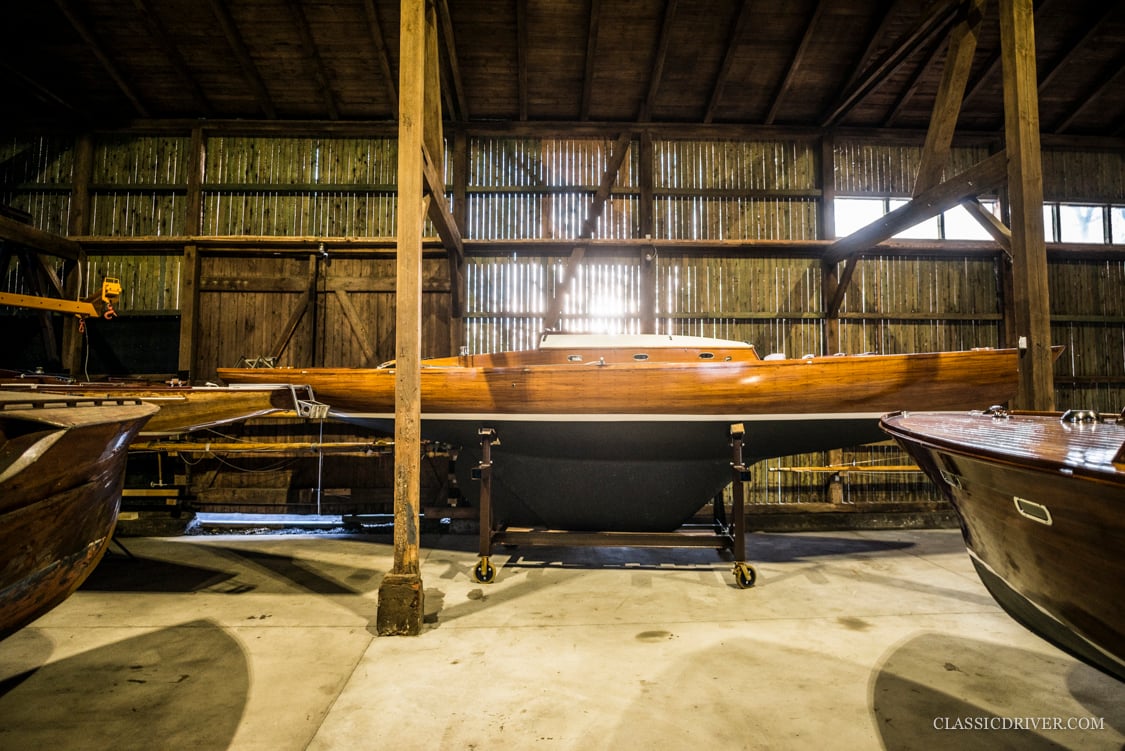
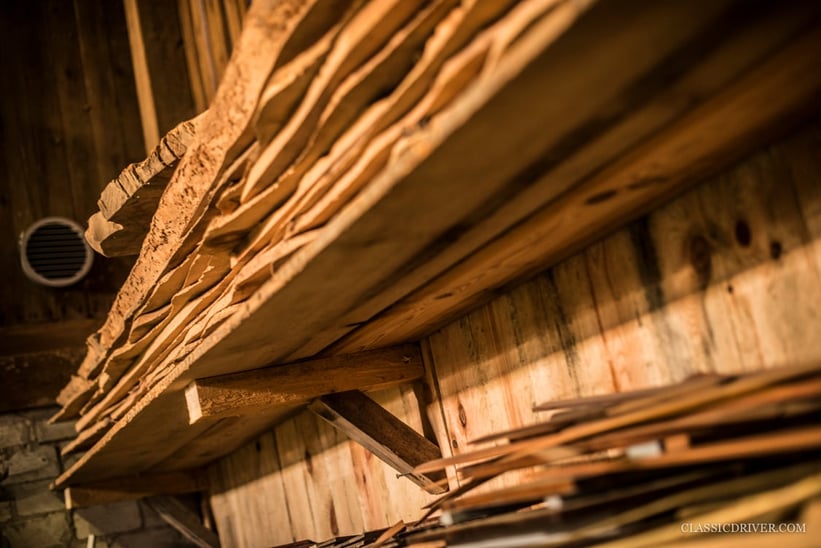
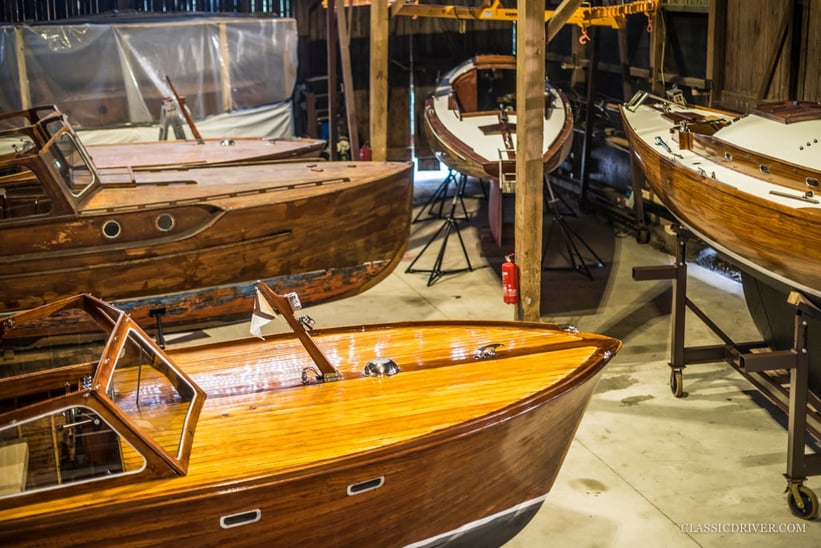
How many people work at Yacht Classics and in which roles?
We work with a network of experienced wood-boat builders and specialists in every key area, such as steel construction and engine technology. Unlike more traditional shipyards, we focus on the management and control of a restoration project. The advantage of this is that we can all concentrate on a specific project, without worrying about the cost and time pressures of a large operation with permanent staff. We match particular tasks with particular personnel, thus creating the best team with which to fulfil the individual client’s requirements.
Which boat would you least like to sell, and why?
That would be my first boat, the 27-foot half-motor cruiser built by C-G Pettersson. I’ve already invested over 5,000 hours of work into it and, even after eight years, it’s still not completed. After so many years and ups and downs, I’m not likely to be separated from it any time soon.
Potos: Rémi Dargegen for Classic Driver @ 2016

































